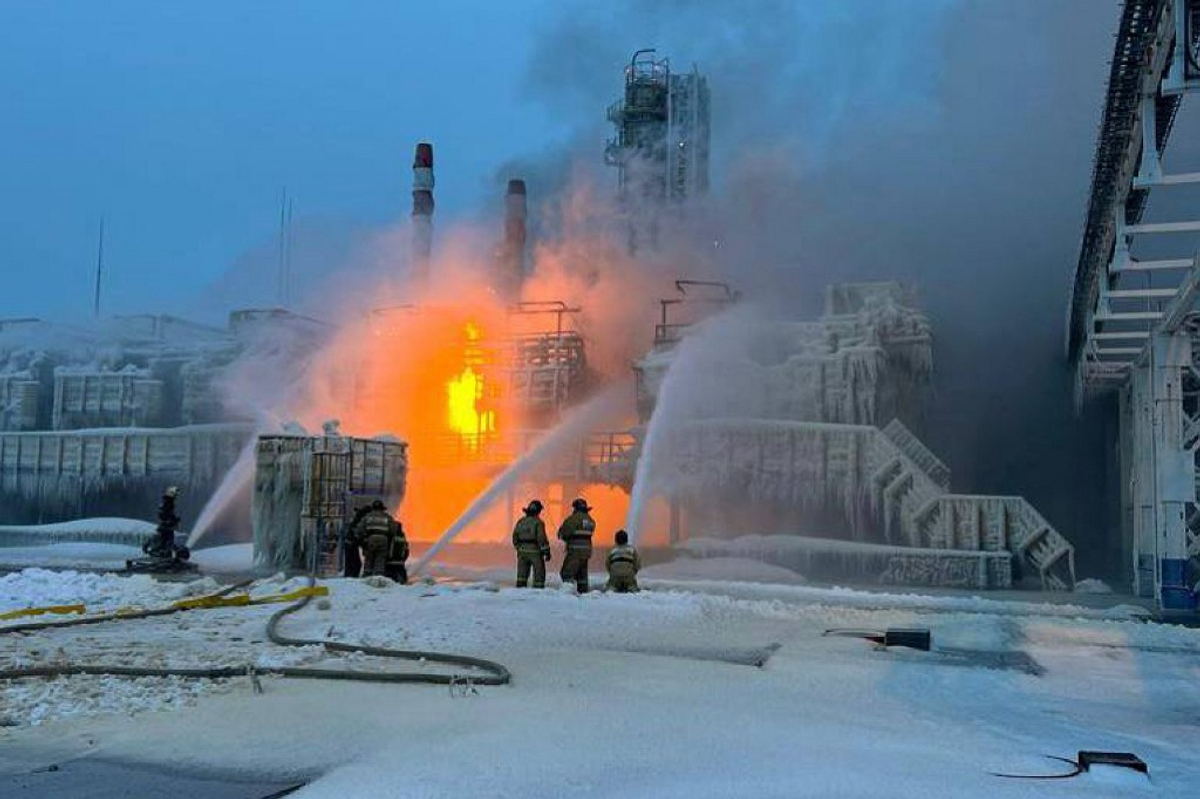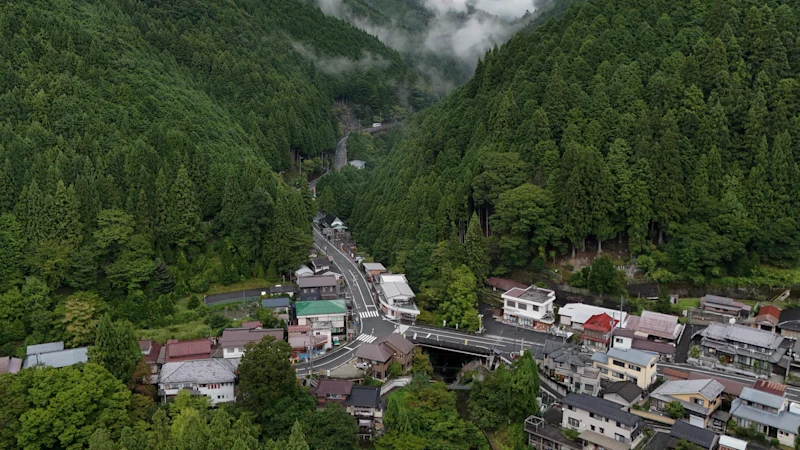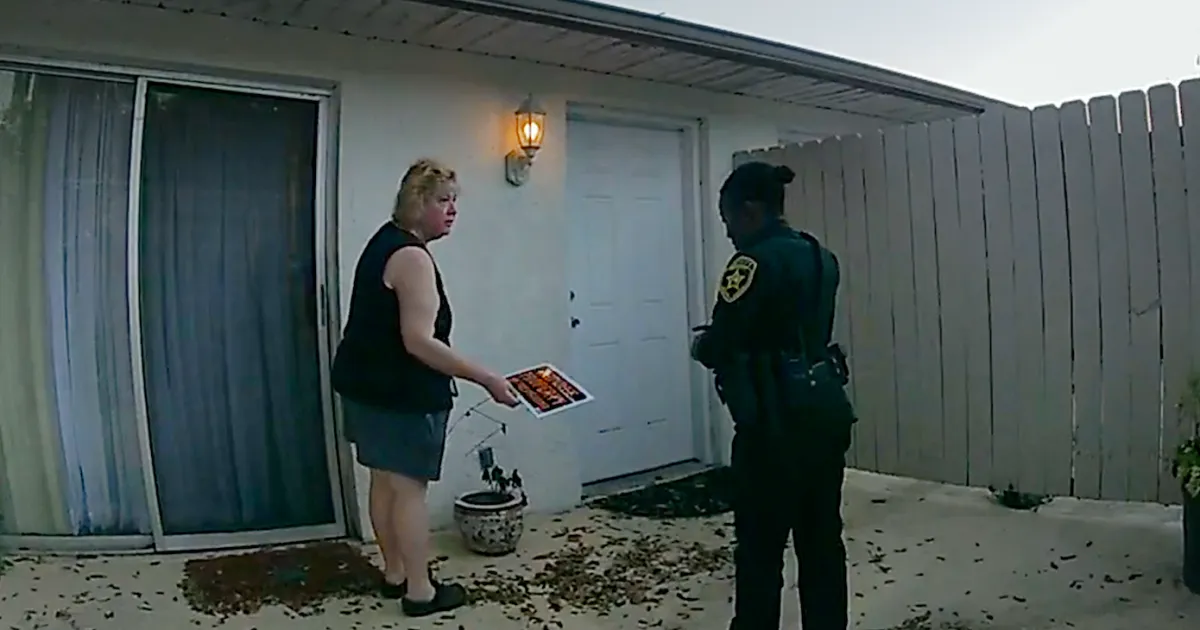Copyright kyivpost

Ukraine is decorated with bright orange pumpkins – piled in colorful mounds along the highways – as growers try to find buyers for their harvests. We clearly grow far more pumpkins than we can eat, but they will be well exploited during Halloween – a festival which Ukrainians have adopted as one of their own. Apart from that, in the right conditions, pumpkins keep for months. So, their “overproduction” has never been considered a problem. On the other hand, the overproduction of weapons has recently featured in the commentaries of military experts and ordinary Ukrainians alike. No one knows exactly which weapons are being talked about, but President Volodymyr Zelensky himself mentioned that Ukraine is producing more than it needs and stated that the “excess weapons” would be exported. Military secrecy and meaningful omissions are obvious features of wartime life, and it was precisely what President Zelensky did not say in his statement that sparked heated debate among ordinary Ukrainians. While his remarks seemed to hint at a positive development in domestic weapons production and the weapons supply situation for the Armed Forces of Ukraine (AFU), the comments also underscored how little factual information about the supply of weapons and ammunition to the AFU is in the public domain. Given Ukrainians’ habitual distrust of their politicians’ statements, it’s not surprising that reports of a new and powerful, Ukrainian-made, long-range missile with the strange name “Flamingo” were greeted with suspicion and even irony. Many “experts” claimed in their blogs and videos that it would be impossible to build such a missile in Ukraine. We are talking about a weapon capable of carrying over a ton of explosives up to 3,000 kilometers while flying only 50 meters above the ground – making it impossible for Russian air defense to shoot it down. As reports of this new missile started to appear in the European, UK, and US press, the irony faded from discussions about the Flamingo. The Economist even reported that Ukraine has already used it to strike Russian refineries. In some regions of Russia, Crimea, and the occupied territories of Donbas, strikes on refineries have caused a 20 percent drop in gasoline and diesel production, and long lines at gas stations. During the three-and-a-half years of full-scale war, Russia has practically destroyed all of Ukraine’s refineries and fuel storage facilities, and yet, there are no lines at our gas stations, and there is no talk of a possible gasoline crisis. You may ask how Ukraine has managed to keep the gasoline market afloat. The answer lies in a timely and simple response to Russia’s attacks on our gasoline and diesel depots and refineries. Fuel tankers Ukraine started purchasing fuel tankers, so that our gas imports from Greece, Poland, Romania, and Latvia could be supplied directly to gas stations. At the beginning of the war, there were 1,500 fuel tankers in Ukraine. Today, there are more than 6,000, and they are constantly on the move. In another measure to support the supply of gasoline and diesel fuel to Ukrainian gas stations and the AFU, the government recently passed a special law allowing fuel tankers to jump the queues at Ukrainian border customs points. The overwhelming majority of imports to Ukraine are currently delivered by road. Trucks can stand at border crossings for a week waiting to be checked by customs officers. Since fuel tankers are no longer affected by these queues, I can fill up my car at any gas station in less than five minutes, instead of the five hours it takes in Russia. Despite the huge challenges faced by Ukrainian entrepreneurs, they continue to be active and inventive. Through a mix of creativity and grit, they have adapted themselves and their businesses to the wartime environment. For example, we have seen the creation of companies producing bomb shelters for individuals and families. One such company, Bunker-OK, has developed designs for at least two dozen products that will help you survive a bomb or drone attack. Two series of compact shelters – designed to protect between one and six people – can be installed in a home’s basement or buried separately from the building. Most interestingly, the company not only sells them complete with installation and maintenance, but also offers rental contracts for the shelters for the duration of the war. Bunker-Ok and other companies producing bomb shelters are already planning to export their products to Europe. These products are certified and tested at specialized facilities. So, perhaps Ukraine will soon be exporting not only “spare” classified weapons, but also completely unclassified iron and concrete structures that will help Europeans feel safer in these uncertain times. The views expressed are the author’s and not necessarily of Kyiv Post.



